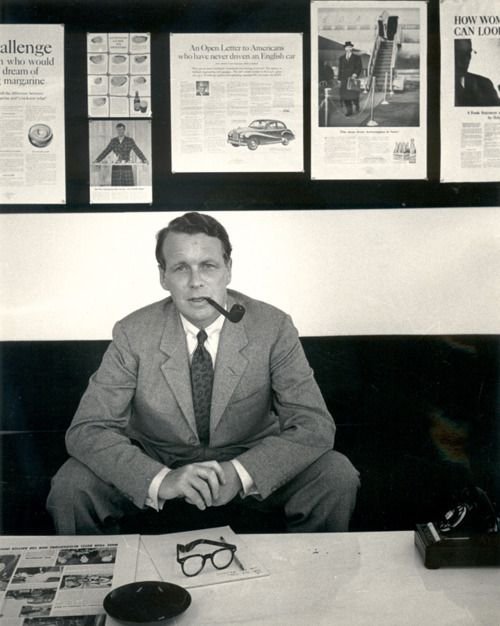Strategy is about sacrifice
Ferrari is probably the most famous sports car manufacturer in the world.
Founded in 1947 by Enzo Ferrari, the company first made its name in the premier category of racing: Formula One.
In the first decade of the sport from 1950-1960, a Ferrari won four world championships, more than any other team.
Enzo believed the key to their success was having the strongest engines.
“I don't sell cars; I sell engines. The cars I throw in for free since something has to hold the engines in,” he once famously said.
In the quest for greater dominance, he made his engines larger and more powerful. He envisaged a world where a scarlet coloured car won every race.
But then something odd started happening.
They started losing more often.
Indeed, Ferrari only won two world championships during the next decade.
How did this happen?
It was all down to his choice of strategy.
Bigger and more powerful engines meant more weight. A heavier car required stronger suspension and bigger brakes which, in turn, added more mass.
Weight influences the entire behaviour of a car. More of it equals slower acceleration, reduced braking ability and less precise chassis control.
A small British company called Lotus had identified an opportunity.
Instead of focusing on building the most powerful engines, they turned their attention to making the car as light as possible.
Less weight meant a more nimble car requiring a smaller, lighter engine and brakes. Which meant a faster car overall.
Between 1963-1973, Lotus won five world championships to Ferrari’s single win.
As the brilliant ad man David Ogilvy once said “strategy is sacrifice.”






